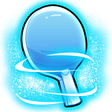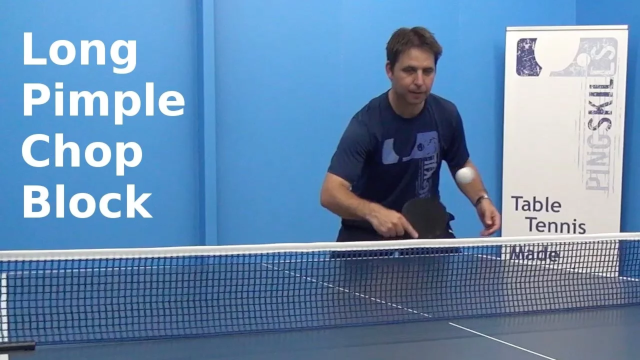Problems in positioning after heavy topspin
Strokes
Peter Garov Asked 12 years ago
Dear Alois and Jeff from PingSkills,
First I wanted to say thank you for the lessons you uploaded. They're so useful.
I've been training for 2 years and 4 months and I've been practising heavy topspin for almost a year. But I have problems after making the stroke. When my opponent blocks the topspin I always expect the ball to kick out a little bit because of the spin left. It sometimes does but sometimes it goes so slow and it slides on the table. I don't know does it depend on the amount of spin after my stroke and how can I expect how the ball will come towards me?
 Alois Rosario Answered 12 years ago
Alois Rosario Answered 12 years ago
Hi Peter,
Thanks for your kind words.
The follow up ball can be tricky.
It can depend on the type of spin that you put on the ball as well. When the ball rotates fast it can do some strange things. It will also depend on the type of contact they get on the ball. If they get a brushing contact over the top of the ball it will kick when it comes back to you. They may get a flat and soft contact and then the ball may come back slower.
WHen you generate the first topspin also think about being relaxed. This will allow you to adjust better to the next ball. Just try to follow the ball and track it well all the time.
Recommended Video
No comments yet!
Become a free member to post a comment about this question.
